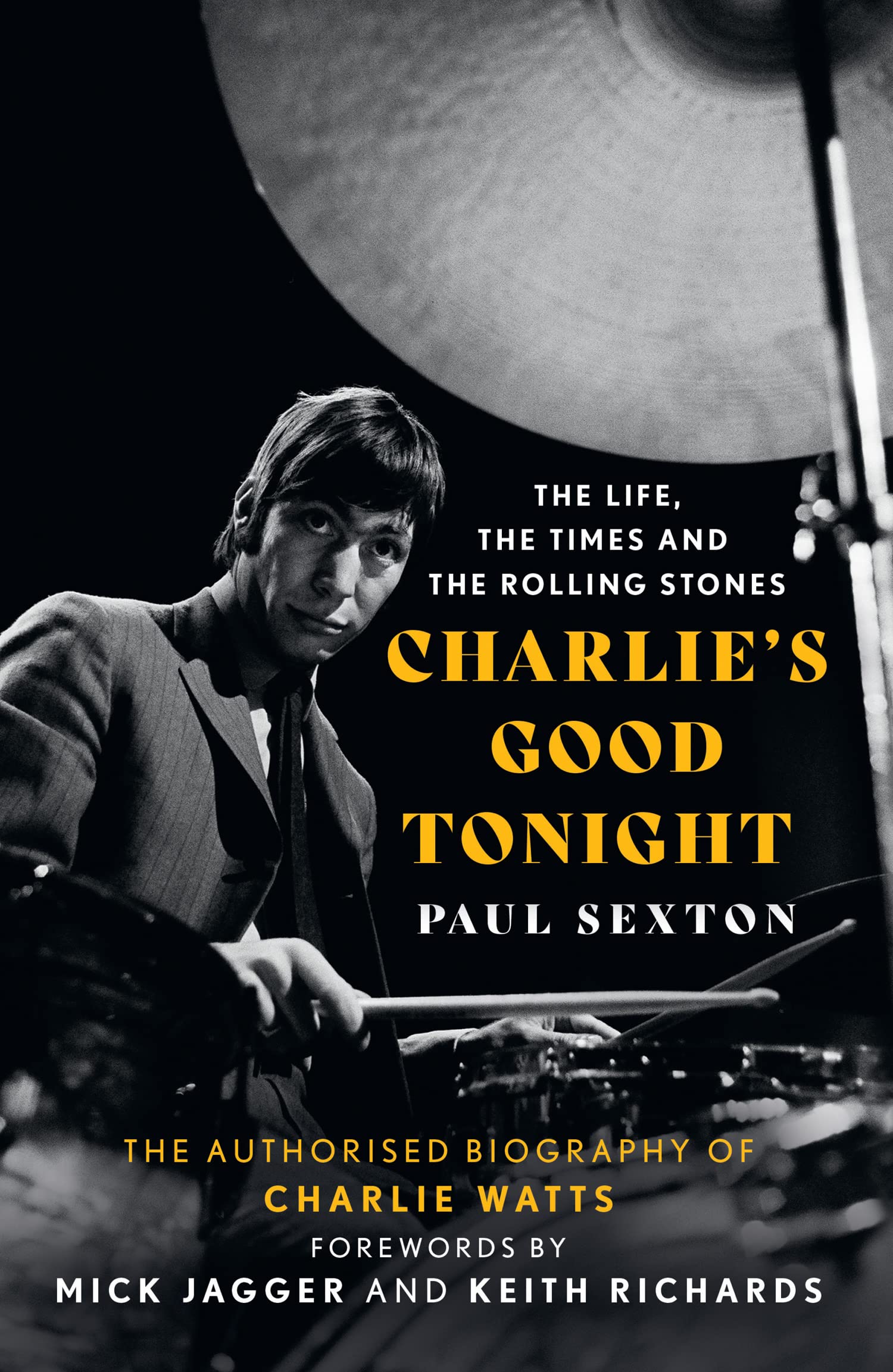
Watts was often introduced as "The Wembley Whammer" by Jagger during live concerts. His first public appearance as a permanent member was at the Ealing Jazz Club on 2 February 1963. Initially, the band could not afford to pay Watts, who had been earning a regular salary from his gigs. In mid-1962, Watts first met Brian Jones, Ian "Stu" Stewart, Mick Jagger and Keith Richards, who also frequented the London rhythm and blues clubs, but it was not until January 1963 that Watts finally agreed to join the Rolling Stones. Watts backstage during a Rolling Stones tour on Watts played regularly with Blues Incorporated and maintained a job with the advertising firm Charles, Hobson and Gray.

At that time, Watts was on his way to a sojourn working as a graphic designer in Denmark, but he accepted Korner's offer when he returned to London in February 1962. In 1961, Watts met Alexis Korner, who invited him to join his band Blues Incorporated. I thought it meant Charlie Parker, played slow." When they asked me to play, I didn't know what it was. Watts initially found his transition to rhythm and blues puzzling: "I went into rhythm and blues. He and Green began their musical careers together from 1958 to 1959, playing in a jazz band in Middlesex called the Jo Jones All Stars. See also: Alexis Korner's Blues IncorporatedĪfter leaving art school, he worked as a graphic designer for an advertising company called Charlie Daniels Studios, and also played drums occasionally with local bands in coffee shops and clubs. Career Jazz bands and Blues Incorporated After completing secondary school, Watts enrolled at Harrow Art School (now the Harrow campus of the University of Westminster), which he attended until 1960. Watts's parents gave him his first drum kit in 1955, and he practised drumming along to jazz records he collected. I didn't have a snare drum, so I put the banjo head on a stand. So I took the neck off, and at the same time I heard a drummer called Chico Hamilton, who played with Gerry Mulligan, and I wanted to play like that, with brushes. I bought a banjo, and I didn't like the dots on the neck. When he and Green were both about thirteen, Watts became interested in drumming: Watts and his family subsequently moved to Kingsbury, where he attended Tylers Croft Secondary Modern School from 1952 to 1956 as a schoolboy, he displayed a talent for art, music, cricket and football.

Charlie was ahead of me in listening and acquisitions." Green recalls that Watts also "had the one with Monk and the Johnny Dodds Trio. We used to go to Charlie's bedroom and just get these records out." Watts's earliest records were jazz recordings he remembered owning 78 RPM records of Jelly Roll Morton and Charlie Parker. Green became a jazz bass player, and recalls that as boys, "we discovered 78rpm records. Watts's neighbour Dave Green, who lived opposite at 22 Pilgrims Way, was a childhood friend, and they remained friends until Watts's death. Many of Wembley's houses had been destroyed by Luftwaffe bombs during World War II Watts and his family lived in a prefab, as did many in the community. Īs a child, Watts lived in Wembley, at 23 Pilgrims Way.
#Rolling stones drummer charlie watts driver#
He is often regarded as one of the greatest drummers of all time.Ĭharles Robert Watts was born at University College Hospital in Bloomsbury, London, to Charles Richard Watts, a lorry driver for the London, Midland and Scottish Railway, and wife Lillian Charlotte (née Eaves), who had been a factory worker. In 2004, he was inducted into the UK Music Hall of Fame with the Rolling Stones. In 1989, Watts was inducted into the Rock and Roll Hall of Fame. Aside from his career with the Rolling Stones, Watts toured with his own group, the Charlie Watts Quintet, and appeared in London at Ronnie Scott's Jazz Club with the Charlie Watts Tentet. At the time of Watts's death, Watts, Jagger and Richards were the only members of the band to have performed on every one of their studio albums. Nicknamed "The Wembley Whammer" by Jagger, Watts cited jazz as a major influence on his drumming style.

Watts's first public appearance as a permanent member was in February 1963, and he remained with the group for 58 years.

In January 1963, he left Blues Incorporated and joined the Rolling Stones as drummer, while doubling as designer of their record sleeves and tour stages. He also started playing drums in London's rhythm and blues clubs, where he met future bandmates Mick Jagger, Keith Richards and Brian Jones. Originally trained as a graphic artist, Watts developed an interest in jazz at a young age and joined the band Blues Incorporated. Charles Robert Watts (2 June 1941 – 24 August 2021) was an English musician who achieved international fame as the drummer of the Rolling Stones from 1963 until his death in 2021.


 0 kommentar(er)
0 kommentar(er)
